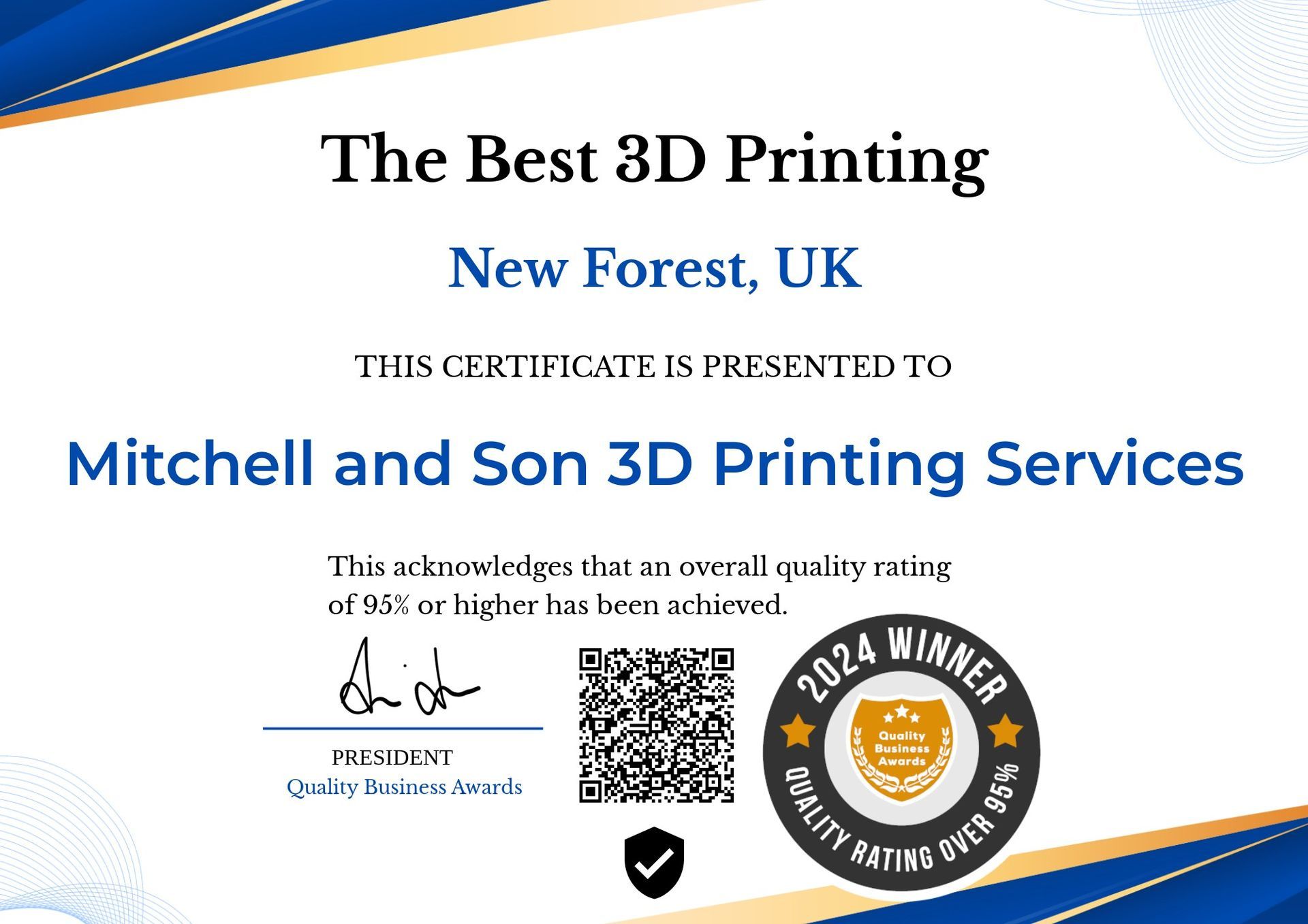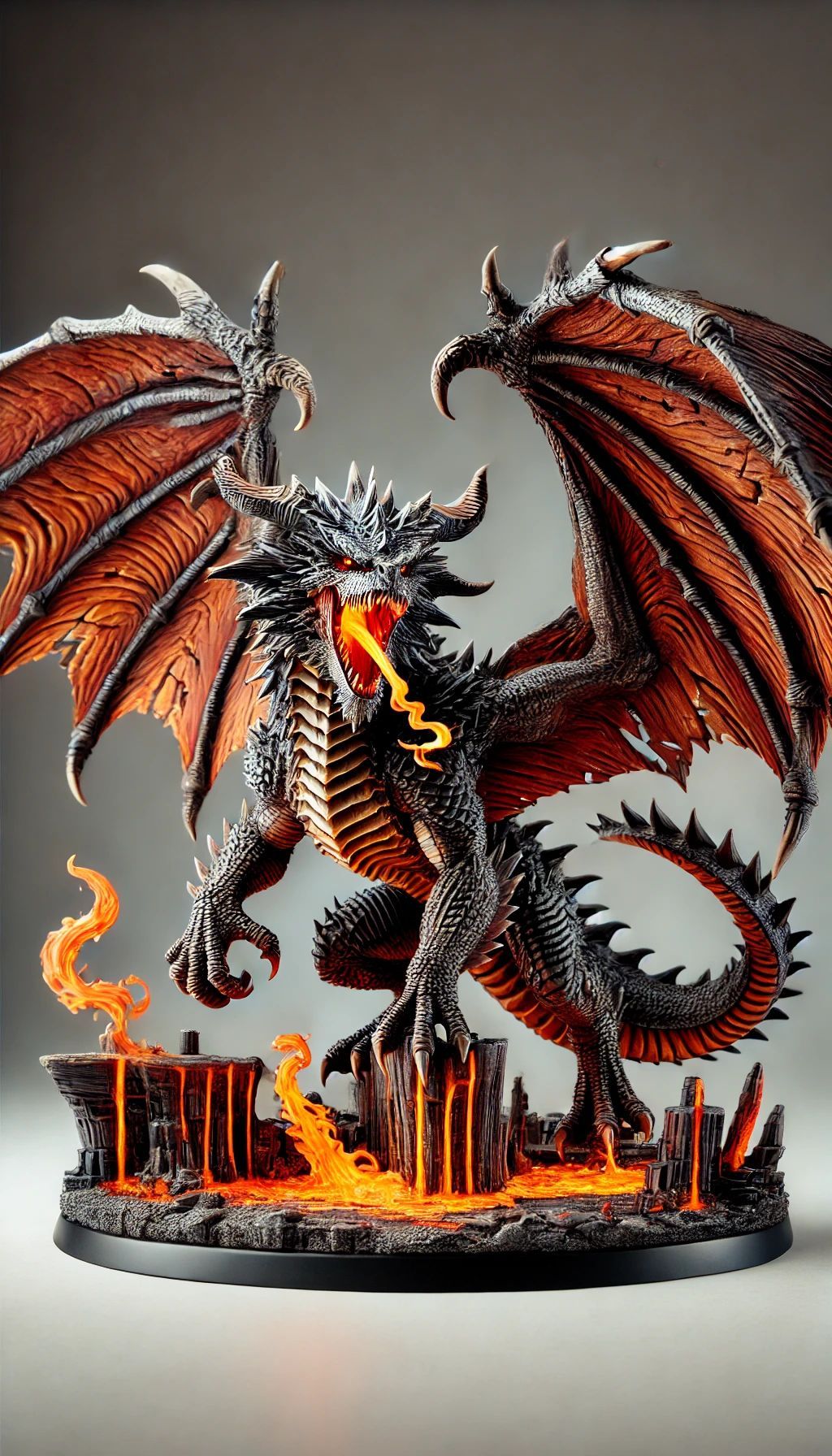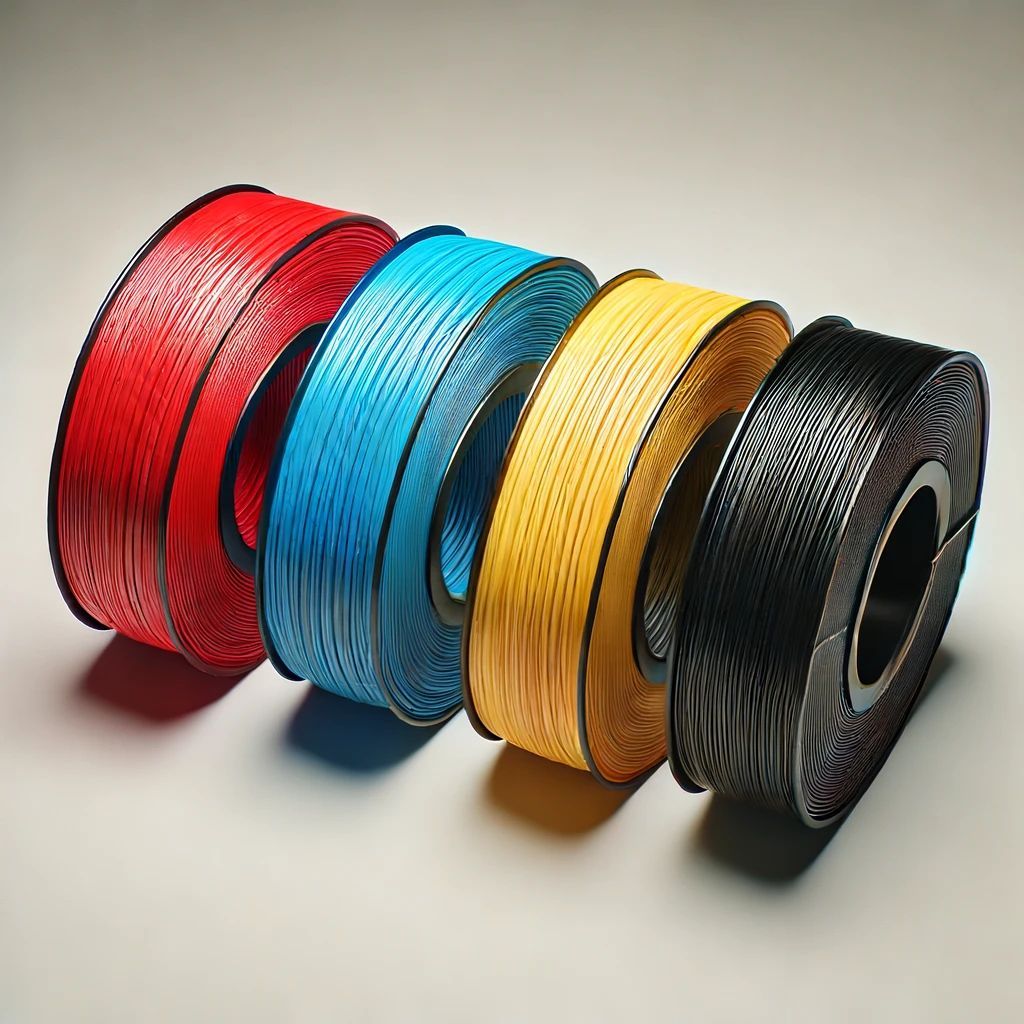Optimizing your Fusion 360 Design for Production

How can we move from product development to actually manufacturing parts and making money with our production? That’s the question.
In prototyping processes, we are far more concerned with avoiding wasting material. However, in actual production, we are far more concerned with time. In production, we can afford to lose a few parts as long as the overall schedule is maintained. Keeping that in mind, we can develop a methodology of how we move forward in our CNC programming.
Theoretically, in a production job you layout your machines to maximize automation and minimize the amount of workers needed to get the job done. Instead of having 3 workers for 3 machines, with some creative programming, you can have one worker running 3 machines and ultimately decrease your production cost. In this method of programming, you may have some machine downtime, but machine downtime is cheaper than paying extra workers.
Don’t keep solving the same programming problems. For many parts, you may have multiple presets. Instead of manually inputting say, offsets, into your machine, you can set them up in Fusion so it is automatically fed to your machine every time you move to production. What you can do then is set up some shop documentation in HTML format within Fusion and file it away in a cabinet (yes, a physical cabinet). This essentially builds you up a ‘tolerances cabinet’ that you can reference each time you go back to making certain parts. You could also very easily create a digital version of this filing format. This also means that if something happens to you, others will be able to replicate your work. Processes like these are essential to managing repeat jobs efficiently and properly managing shops.
When you use Fusion to set up a production job, you likely set the goal to produce more parts per hour and as many un-manned cycles as possible. Where Fusion shines is the ability to have full CAD and CAM all embed into one program. Let’s look into work holding methods and cutting strategies.
Work Holding. Decreasing the amount of time you have to stop production of your machine is essential, and this aspect is one that can be optimized through Fusion programming. The key here is combining your tool paths into single motions so that you minimize tool changes and jaw changes.
Cutting strategies. Every time in your cutting path that you engage in a 90-degree change in direction, it costs you time. By turning your tool paths from 90-degrees into radii you can minimize downtime in the transfer of servo motors in production. If you pay enough attention to your tool paths, and you have enough time to spend on design, you can add radii into every direction change in your tool path. Ultimately, this will save you a lot of time in production.
When you make multiple parts in series, you likely will need to adjust the default toolpath in Fusion to increase your
production speed. By changing the entry position on you contour, you can select the successive toolpath flows for each part. This means no wasted time or movements. Fusion is smart, but it doesn’t always default to the fastest production toolpath. Be sure to adjust it and you can save time. Using these techniques, you can adjust your toolpath to wrap back and forth. This may not seem like a lot of time savings, but spread out over the course of a week, you could, in theory, save days off of your production time.
This blog was adapted from a talk on Fusion 360 at AU 2016 by Jeff Hooper and Curtis Chan.
The post Optimizing your Fusion 360 Design for Production appeared first on Inventor Official Blog.













